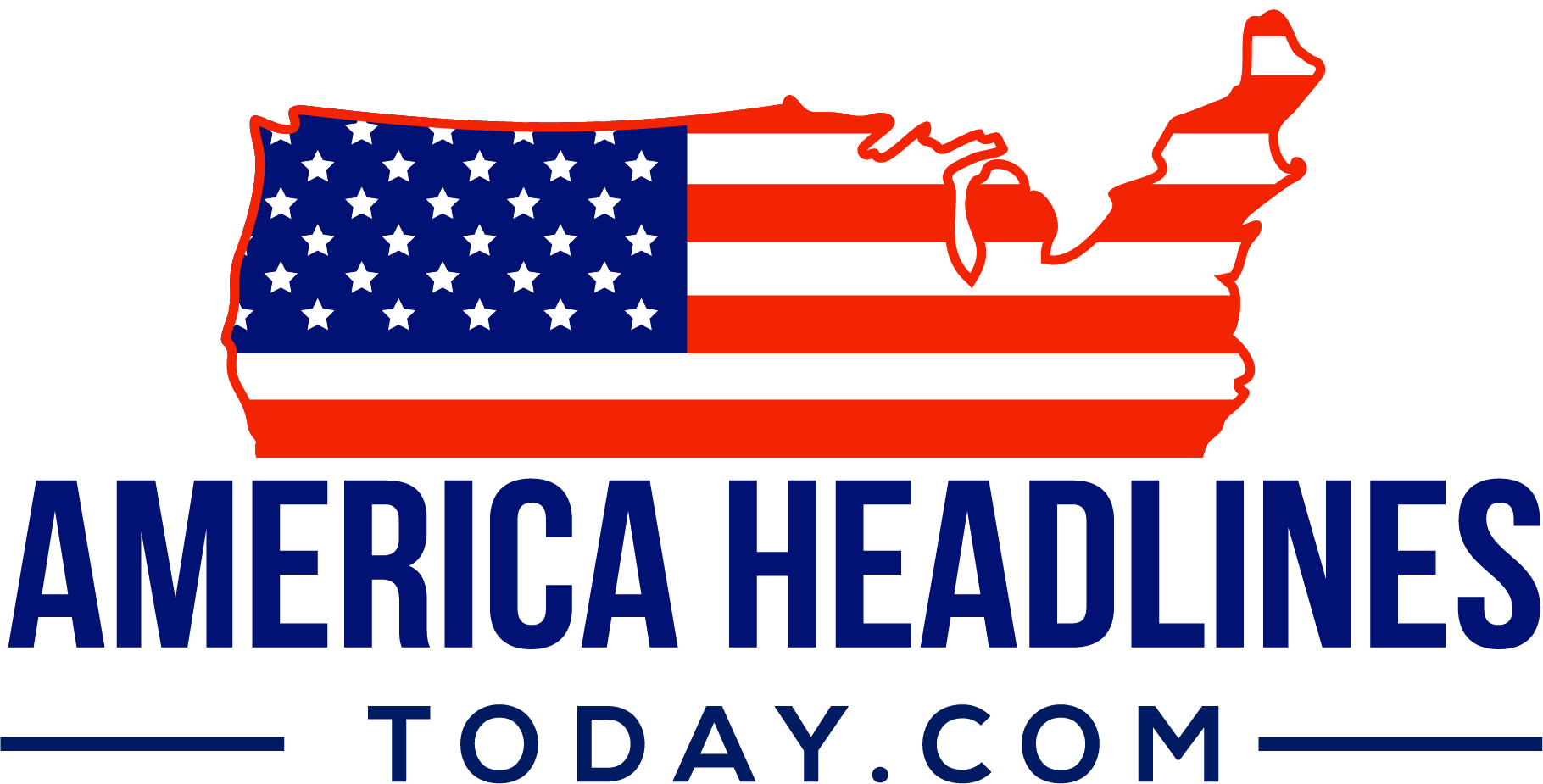Bristol Myers Squibb and Pfizer are launching a direct-to-patient pricing blitz that could rattle the pharmaceutical hierarchy and finally offer price relief on one of the nation’s most prescribed blood thinners.
At a Glance
- Bristol Myers Squibb and Pfizer are launching a direct-to-patient program for the blood thinner Eliquis.
- The new program offers over 40% discount on Eliquis for eligible cash-paying patients.
- The initiative bypasses pharmacy benefit managers, focusing on patient affordability.
- Set to launch on September 8, 2025, this could mark a shift toward more patient-centric pricing models.
Pharma Giants Break the Chain
Bristol Myers Squibb and Pfizer, co-developers of the blockbuster drug Eliquis, are taking an aggressive stance against soaring prescription costs with a new direct-to-patient discount program. Starting September 8, eligible cash-paying patients can secure Eliquis at over 40% off retail— a game-changing move for millions battling atrial fibrillation and blood clots.
By slicing pharmacy benefit managers (PBMs) out of the equation, this initiative redirects savings directly to patients, sidestepping the opaque pricing schemes that have long plagued the pharmaceutical landscape. This approach could crack open the door for transparency in drug pricing, echoing broader industry trends toward dismantling entrenched supply chains that favor middlemen over patients.
Watch a report: Why Drug Prices Are Skyrocketing in America.
The timing is no coincidence. Legislative pressures, notably the Inflation Reduction Act, have intensified scrutiny on drug pricing, forcing manufacturers to rethink their models. As Wikipedia notes, Eliquis remains a critical treatment for millions, and this pricing pivot signals a deliberate strategy to align with consumer affordability while maintaining competitive market presence.
Market Forces and Policy Pressures Collide
The pharmaceutical industry is under siege from policymakers and consumers alike, demanding lower costs and greater transparency. For years, patients have been ensnared in a convoluted maze of insurance restrictions and PBM markups. The BMS-Pfizer Alliance is now betting that direct access can redefine how medications reach patients, potentially reshaping the sector’s economic model.
Healthcare providers stand to benefit too, gaining a straightforward option to help patients bypass insurance hurdles. This could set a precedent, pressuring other drugmakers to follow suit with similar direct-to-patient discounts, especially for high-demand treatments. As Bristol Myers Squibb’s announcement emphasized, this is not just a pricing adjustment—it’s a strategic bid to empower patients and disrupt conventional pharmacy channels.
Yet, not everyone stands to win. Pharmacies and PBMs risk financial hits as patients increasingly seek direct options. However, the trade-off may be worthwhile if medication adherence improves and overall healthcare costs decline due to better patient outcomes.
The Road Ahead for Drug Pricing
Industry analysts suggest this bold pricing strategy could ignite a broader shift, injecting competition into a sector notorious for its resistance to change. Lower drug prices, spurred by direct-to-patient models, could reshape not just costs but how healthcare systems think about accessibility and adherence.
Still, systemic challenges persist. Insurance coverage gaps, regulatory barriers, and the entrenched power of PBMs remain formidable obstacles. Whether this is the dawn of a new pricing era or a niche experiment will depend on patient uptake and competitor responses.
In an industry where profit margins often eclipse patient welfare, the success of this initiative could finally shift the balance—giving patients a fighting chance against relentless drug price inflation.
